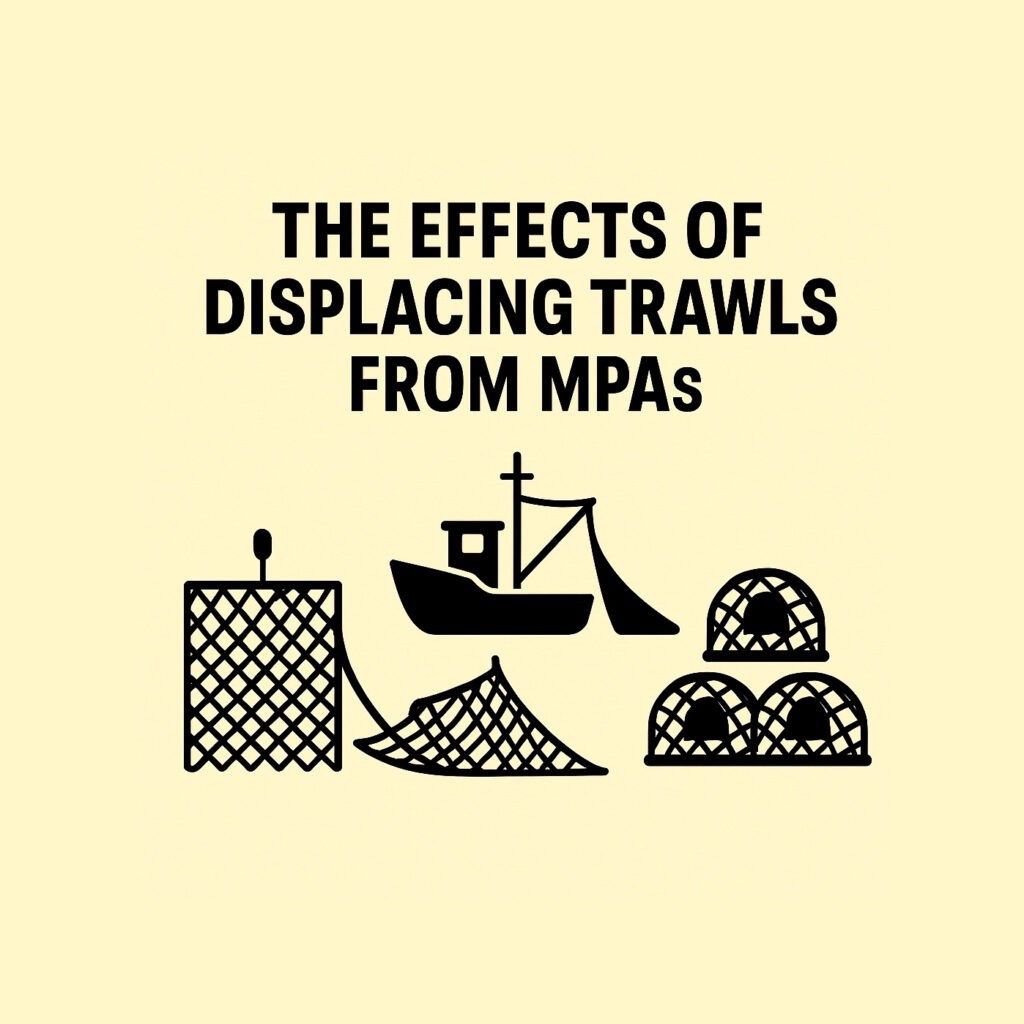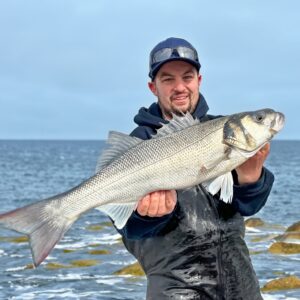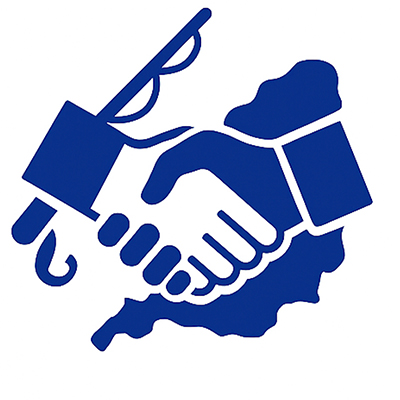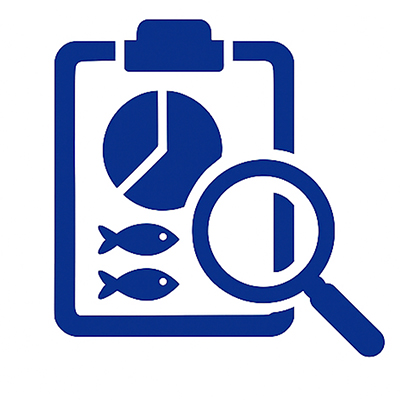The proposed ban on industrial bottom trawling in Marine Protected Areas (MPAs) is long overdue. It’s a step most marine users — anglers, conservationists, and even some commercial operators, have called for. But while this may feel like a straightforward win for our seas, there are real risks that come with it if we don’t think ahead.
Displacement has consequences. And unless those consequences are addressed in the legislation from day one, we could be solving one problem only to create others.
Static Gear Creep: When the Void Fills
When bottom trawling is banned from an area, it doesn’t just go away, it goes somewhere else. And in many cases, the vacuum left behind isn’t filled with peace and marine recovery… it’s filled with static gear.
That means:
-
More gillnets and pots packed into the same space
-
Greater risk to non-target species including bass, cetaceans, and seabirds
-
Gear conflict between mobile fishers, static fishers, and recreational sea anglers
We’ve seen this happen before. In areas where trawlers were pushed out, static effort surged, sometimes causing more localised damage than the trawls ever did. When static effort isn’t capped or spatially managed, MPAs risk becoming dumping grounds for static gear.
Inshore Pressure: The Squeeze Is Coming
If offshore MPAs are made trawl-free — as they should be — many vessels, especially smaller ones, will shift their focus inshore.
This raises a major concern:
Will the inshore zones become even more intensely fished, just as they were starting to show signs of life?
Inshore waters, already crowded and ecologically sensitive, are vital nursery grounds. They’re also where recreational anglers operate, where tourists flock, and where biodiversity thrives closest to our communities. If legislation fails to set clear limits, buffers, and gear constraints, we risk pushing marine pressure onto our most accessible and most valuable zones.
Do We Need Dedicated Trawl Zones?
It’s a controversial idea, but maybe it’s time to ask the question:
Should some offshore areas be set aside for trawlers alone, and made their responsibility to maintain?
If a farmer depletes his soil through bad practice, it’s on him to regenerate it. The same logic could apply here:
-
Create zones where selective trawling is permitted
-
Require gear innovation, bycatch minimisation, and area recovery commitments
-
Make these operators accountable for the health of their grounds
This doesn’t mean giving industry a free pass. It means putting clear boundaries in place, so when damage occurs, there’s no one else to blame.
Let’s Not Sleepwalk Into New Problems
This upcoming consultation is not just a moment to say yes to trawl bans. It’s also the time to:
-
Push for gear limitations within MPA boundaries
-
Call for effort caps on static gear
-
Demand safeguards for inshore fisheries
-
Encourage strategic zoning that recognises different gear impacts
This isn’t about protecting trawlers. It’s about protecting the integrity of MPAs and preventing the rebound effect of poorly designed policy.
Support the Ban — But Support It Smartly
At Your Angling Voice, we back a full bottom trawl ban in all MPAs, offshore and inshore. But we’ll also be raising these questions in our consultation submission, because we know what happens when policies are passed without full consideration of their fallout.
We urge everyone submitting to do the same. You can commission a bespoke response from us, or use our published version as a guide, but whatever you do, make sure the submission reflects both your support and your concerns.
This is a once-in-a-generation opportunity. Let’s get it right.







